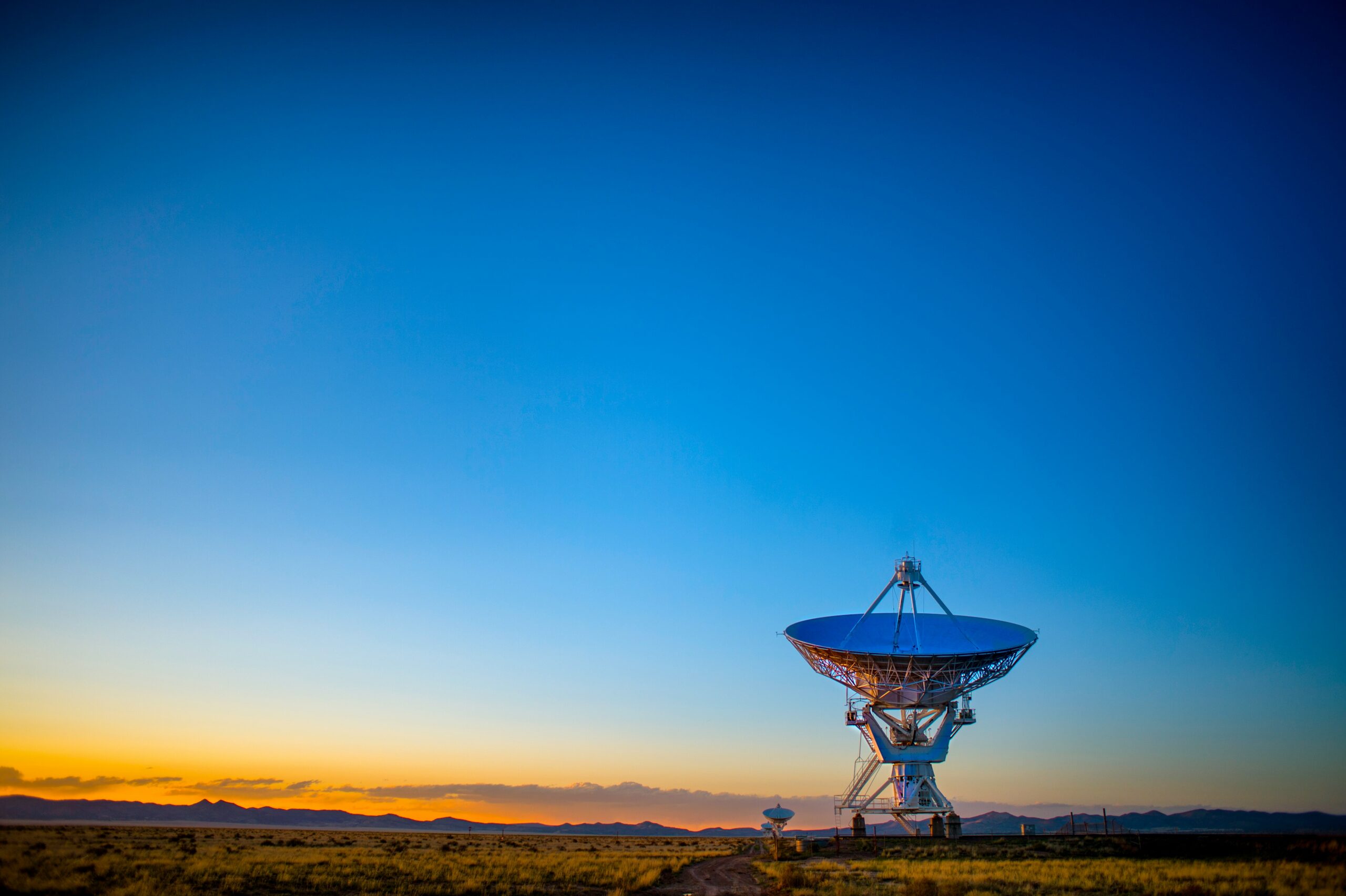NOAA Warns of Moderate Solar Storm—Possible GPS Issues, Satellite Glitches, and a Chance to Witness the Northern Lights Further South!
In a recent update, NASA has reported the occurrence of a solar storm on the sun, resulting in the ejection of a magnetic filament from the star’s surface. The ensuing coronal mass ejection (CME) is expected to collide with Earth’s atmosphere, generating geomagnetic storms. The impact is anticipated to occur around 1 p.m. ET, according to NASA models.
The National Oceanic and Atmospheric Administration (NOAA) categorizes geomagnetic storms on a scale from G1 (minor) to G5 (extreme). The impending solar storm is predicted to be of G2 strength, with a chance of reaching G3. NOAA has issued a storm watch, indicating that while the general public need not be overly concerned, the moderate storm could potentially cause technological issues upon reaching Earth.
The CME collision may lead to various impacts, including GPS issues, satellite disruptions, potential power grid disturbances, and the Northern Lights being visible at latitudes further south than usual, according to NOAA.
Geomagnetic storms, triggered by solar activity, are a result of massive volumes of solar plasma being flung out from the sun’s surface. These events typically originate from sunspots, dark areas on the sun’s surface where magnetic field activity can lead to energetic explosions.
Earth is in the midst of a moderate solar storm on Monday and Tuesday, according to the NOAA.
What exactly does that mean, and should we be worried? https://t.co/IzC18SSpa0
— ABC News (@ABC) January 23, 2024
NOAA and the National Weather Service have issued a Geomagnetic Storm Watch for Monday and Tuesday as the largest solar flare since 2017 is expected to reach Earth during the peak of Solar Cycle 25. Officials note that the observed coronal mass ejection on Saturday could cause moderate geomagnetic storming during this period.
In addition to potential disruptions in GPS and satellite operations, NOAA warns of possible interference with radio signals on Earth due to solar flares from Solar Cycle 25. The X5 solar flare observed by NOAA’s Space Weather Prediction Center is expected to impact high-frequency radio communications used by ham radio operators, some commercial airlines, and various government agencies.
NOAA emphasizes that while HF radio users may experience temporary or complete signal loss on the sunlit side of the Earth, the general public should not be unduly alarmed.
As Solar Cycle 25 peaks, an increase in sunspots is anticipated, characterized by intense magnetic activity capable of producing solar flares and coronal mass ejections. These solar flares emit radiation that can interfere with radio signals and last anywhere from minutes to hours.
The National Weather Service and NOAA initially predicted the peak of Solar Cycle 25 between January and October 2024. With the period of elevated solar activity expected to last for several years, impactful space weather events are possible in 2024.
































